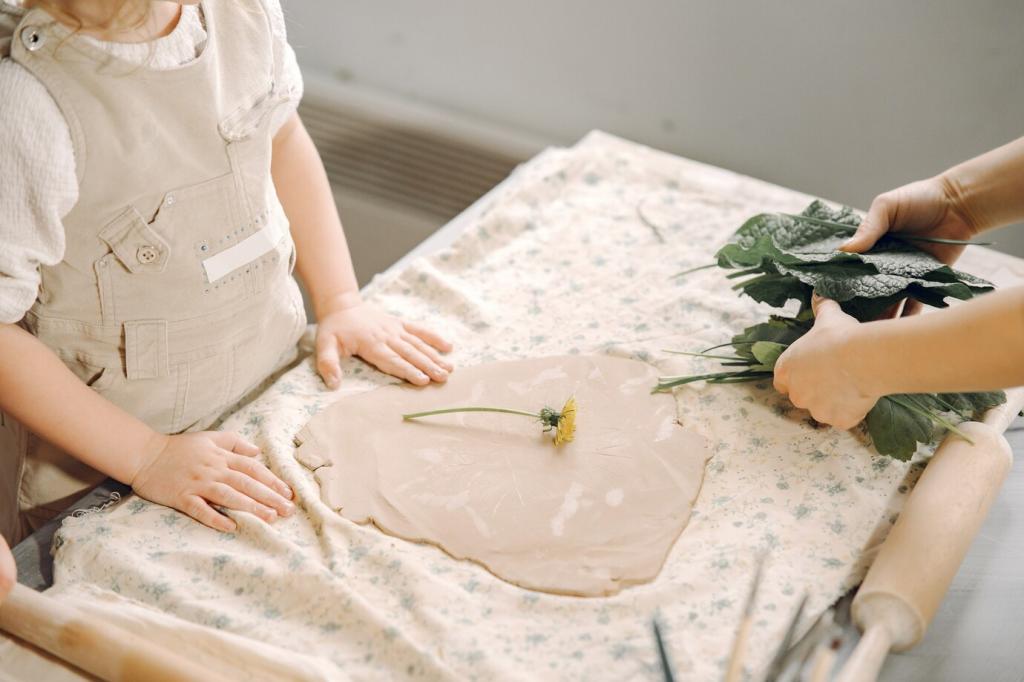Circular Economy in Fashion: Rethink, Redesign, Regenerate
Chosen theme: Circular Economy in Fashion. Welcome to a space where garments have second lives, creativity fuels conservation, and style becomes a catalyst for systems change. Stay curious, ask bold questions, and join us in designing a future with nothing to waste.

Why Circularity Matters Now
From Take–Make–Waste to Make–Use–Return
A circular economy in fashion replaces extract-and-discard with cycles of reuse, repair, and regeneration. It means garments designed for longevity, systems built for return, and business models aligned with keeping materials circulating at their highest value.
The Scale of Textile Waste
Estimates suggest a truckload of textiles is landfilled or incinerated every second globally. That mountain of waste holds fibers, energy, and labor we could recover. Circularity turns that loss into opportunity through better design, logistics, and community participation.
Your Role as a Citizen of Style
Every wardrobe decision sends a signal. Choosing repairable, recyclable, and responsibly made pieces inspires brands to evolve. Share your circular goals in the comments, subscribe for monthly challenges, and invite a friend to join the movement today.


Designing for Longevity and Repair
Thoughtful pattern placement and reinforced seams extend life where garments fail first—knees, elbows, and pocket corners. High-quality zippers, bar tacks, and double-stitched hems transform everyday pieces into dependable companions rather than disposable trends.
Designing for Longevity and Repair
Replaceable buttons, detachable collars, and standardized fasteners make repair intuitive and end-of-life disassembly possible. When trims are designed to come off easily, the underlying fabric can be recycled more effectively, preserving fiber quality and energy invested.
Materials That Move in Circles
Recycled and Regenerative Fibers
Mechanically recycled cotton, polyester from old textiles, and next-gen cellulosics like lyocell from responsibly sourced pulp reduce pressure on virgin resources. Regenerative wool and cotton restore soil health, helping fashion give back more than it takes.
Dyeing and Finishing with Less
Water-light dyeing technologies, natural pigments, and enzyme finishes minimize chemical loads and make fibers easier to recycle later. Cleaner coloration today means clearer pathways tomorrow when garments return for fiber-to-fiber transformation.
Keep Microfibers in Check
Synthetic microfibers shed in laundering. Washing bags, machine filters, and lower-friction fabrics help, as do longer wear cycles that cut wash frequency. Share your microfiber hacks, and let’s champion brands investing in shedding-resistant yarns.

Business Models That Close the Loop
Resale extends useful life and opens quality pieces to new budgets, while rental shares seldom-worn items across many wardrobes. Together, they reduce idle garments and create revenue streams that reward durability over disposability.

Digital Product Passports
Scannable tags can reveal fiber composition, manufacturing origins, care guidance, repair tips, and end-of-life options. This transparency helps recyclers sort efficiently and empowers you to follow through on circular intentions.
Extended Producer Responsibility
Policy can shift costs of end-of-life management back to producers, incentivizing design for disassembly, recyclability, and durability. When responsibility is shared fairly, circular solutions scale beyond pilot projects into everyday practice.
Local Loops and Nearshoring
Shorter, transparent supply chains simplify take-back and remanufacture, cutting transport emissions and turnaround times. Tell us which local initiatives you support, and we’ll spotlight community-driven loops proving global change can start nearby.

Recycling Tech: From Fiber to Fiber
Shredding and re-spinning preserves value but shortens fibers, often requiring blended reinforcement. Designing garments with fewer mixed materials and strong staple fibers helps maintain quality through multiple cycles of regeneration.


Recycling Tech: From Fiber to Fiber
Solvent-based processes can dissolve and rebuild cellulose, while depolymerization unlocks polyester from old textiles. These innovations promise circularity for blends once considered impossible—provided we feed them clean, well-labeled material streams.

A Denim Repair Club That Started in a Café
Three friends swapped patches over coffee; now dozens meet monthly to mend, trade, and learn. Their story shows how a simple gathering can reroute garments from bins to bodies, and strangers into collaborators.

Mending as Mindfulness
One reader told us darning socks became their evening meditation, a quiet counterweight to fast scrolling. Slowing down with needle and thread reconnects us to value—and to garments that carry our days kindly.
Start Today: Practical Steps for Your Wardrobe
Audit Your Wardrobe, Not Your Worth
List what you actually wear, what needs repair, and what deserves a second life elsewhere. Celebrate progress over perfection. Share your audit insights, and we’ll suggest tailored circular actions for your style.
Buy Better, Buy Fewer, Buy Circular
Choose durable construction, repairable designs, and transparent materials. Prefer resale, rental, and brands with take-back. Comment with your favorite circular labels so fellow readers can discover and support them too.
Join the Conversation
Subscribe for guides, repair tutorials, and interviews with innovators reimagining fashion’s future. Ask questions, request topics, and vote on next month’s circular challenge. Together, we make the loop stronger and smarter.
